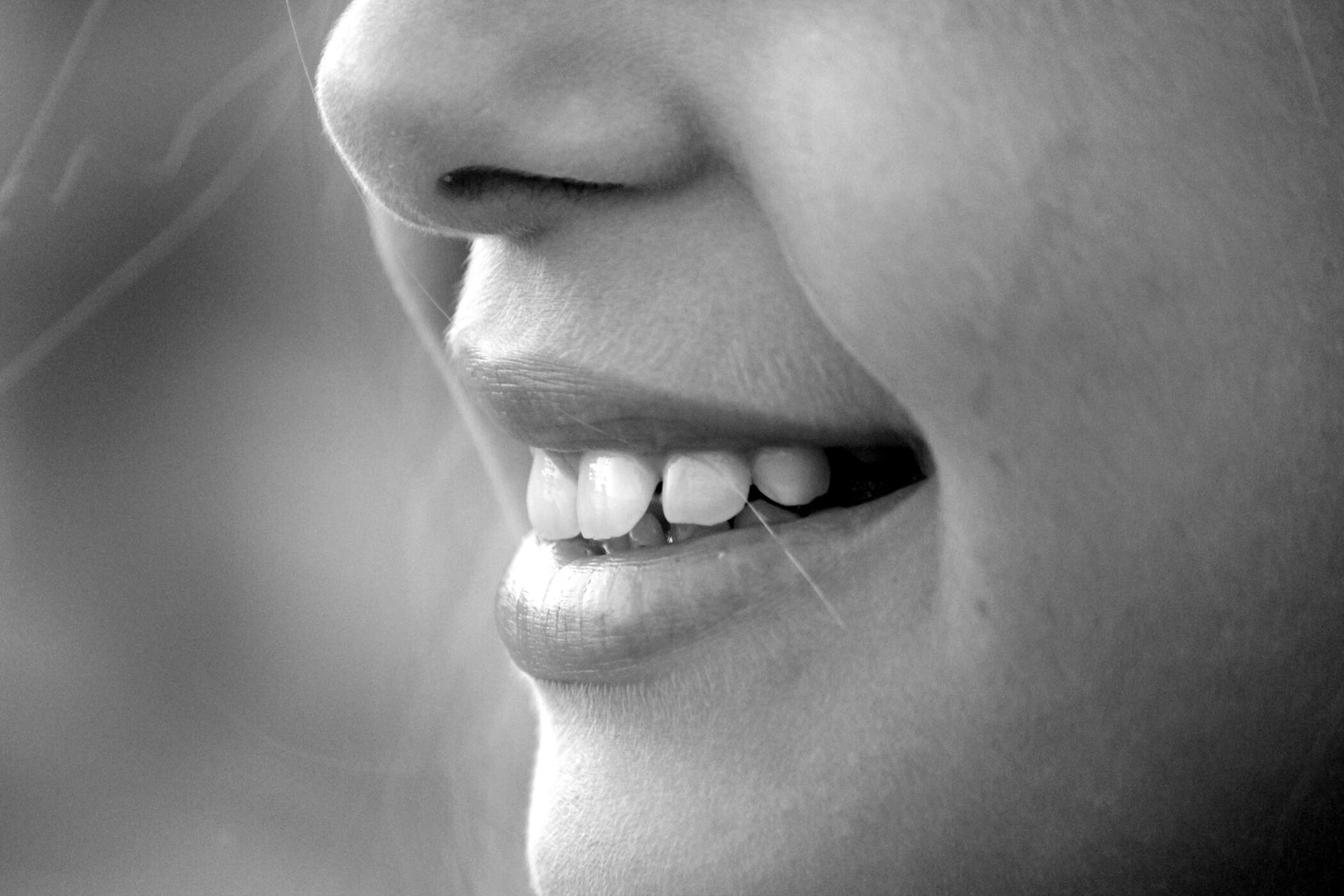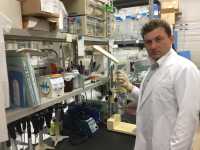
05 Jul New Research Opens Door To Growing New Teeth
MedicalResearch.com Interview with:
Dr. Ivan V. Reva
Senior Researcher, Laboratory of Cellular and Molecular Neurobiology
School of Biomedicine, Far Eastern Federal University (FEFU)
MedicalResearch.com: What are the prerequisites for this study?
Response: The existence of congenital and acquired malformations of the teeth and jaws and the many shortcomings of artificial implants dictate the search for alternative methods of treatment of adentia. The prerequisites were the study of the development of the human gastrointestinal tract in the embryonic period, since it is during this period that all the most significant events occur in the structuring of all parts of the gastrointestinal tract, especially the oral cavity, the knowledge of which is necessary for developing a strategy for regenerative medicine. This is associated with obtaining ideas about cell-cell interactions for the cultivation of bioengineering structures of various sections of the gastrointestinal tract, including jaws and teeth.
 It was noted that the differentiation of the structures of the developing jaws is ahead of other divisions. The presence of chromophobic spindle-shaped cells migrating in the direction of the tooth rudiments and their location in the region surrounding the enamel organ indicates intercellular interactions in the development of teeth in humans that differ from these processes in lower vertebrates. At the present stage, it is known that ectomesenchyme is involved in cell assemblies participating in the development of dentin.
It was noted that the differentiation of the structures of the developing jaws is ahead of other divisions. The presence of chromophobic spindle-shaped cells migrating in the direction of the tooth rudiments and their location in the region surrounding the enamel organ indicates intercellular interactions in the development of teeth in humans that differ from these processes in lower vertebrates. At the present stage, it is known that ectomesenchyme is involved in cell assemblies participating in the development of dentin.
MedicalResearch.com: What are the main findings?
Response: Immunohistochemical phenotyping and timing of the identification of chromophobic cells indicate a different time of migration and colonization of the neural crest cells into the enamel organ, which differs from precursor cells differentiating into odontoblasts. This pool must be considered for the effective growth of teeth.
MedicalResearch.com: What should readers take away from your report?
Response: The data we have obtained opens up prospects for solving the problem of growing teeth that are adequate to each individual in need, without the disadvantages of titanium implants.
MedicalResearch.com: What recommendations do you have for future research as a result of this work?
Response: Chromophobic cells possess pluriotency and can be used not only for growing teeth.
MedicalResearch.com: Is there anything else you would like to add?
Response: Knowledge of the properties of chromophobic cells identified by us is necessary for the development of cellular technologies in bioengineering to create not only teeth, but also all the structures of the anterior GI tract.
Citation:
International Journal of Applied and Fundamental Research.
https://applied-research.ru/ru/article/view?id=12681
[wysija_form id=”3″]
[last-modified]
The information on MedicalResearch.com is provided for educational purposes only, and is in no way intended to diagnose, cure, or treat any medical or other condition. Always seek the advice of your physician or other qualified health and ask your doctor any questions you may have regarding a medical condition. In addition to all other limitations and disclaimers in this agreement, service provider and its third party providers disclaim any liability or loss in connection with the content provided on this website.
Last Updated on July 5, 2019 by Marie Benz MD FAAD

